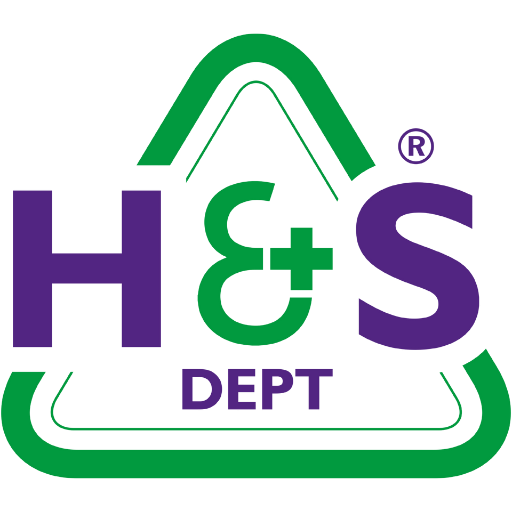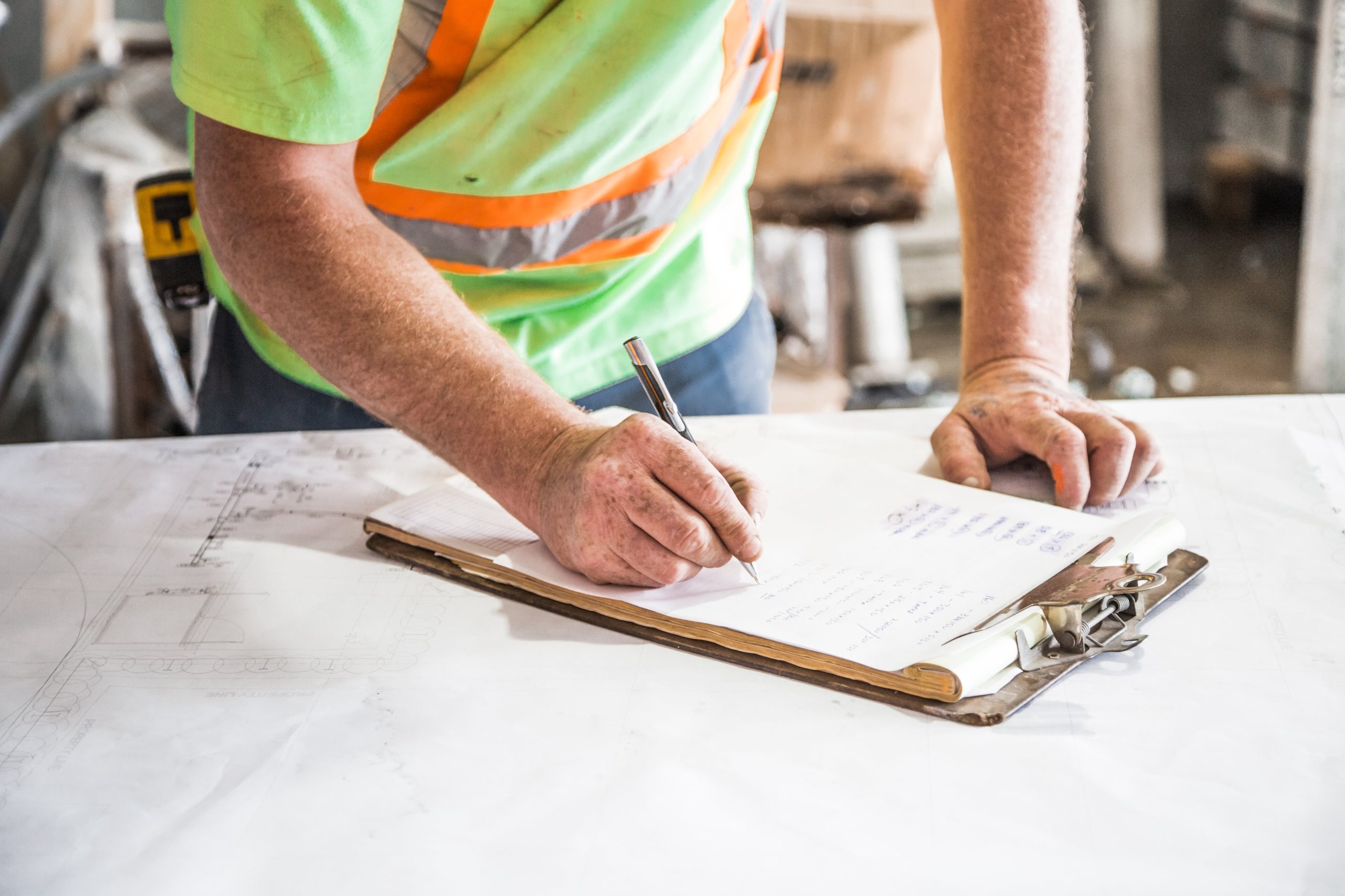Establishing occupational health and safety policies and practices is only the first step in ensuring your workplace is a safe environment. You need to conduct an audit to check if your systems are doing what they are supposed to do.
Running a health and safety audit can be a complicated process with how much ground you have to cover. This is where having a checklist for what you need to review and assess can come in handy.
Health and safety audit or inspection?
An easy mistake to make when reviewing health and safety at your company is to use the terms ‘audit’ and ‘inspection’ interchangeably. Both are methods of examining the ways in which an organisation deals with the physical dangers of doing business. However, there are key differences that distinguish audits from inspections.
An inspection is focused on identifying the specific risks and hazards of the workplace, from the working conditions to the tasks workers carry out to the equipment they use to carry out their tasks. It also looks at the measures in place to control risks and hazards, with the goal of preventing accidents and keeping people safe.
An audit looks at the big picture in managing health and safety at the workplace. It is focused on reviewing health and safety policies, processes, and systems to ensure if they are all working correctly, and if they are not, to provide plans for corrective action. Compliance with industry regulations and the law is a major concern for audits.
Simply put, inspections are about the micro while audits are about the macro. Both are vital when it comes to the health and safety of your organisation.
Why is it important to do a health and safety audit?
A health and safety audit provides a detailed and methodical approach to determining the effectiveness of your health and safety policies, processes, and systems. It sheds a light on inefficiencies, misunderstandings, and mistakes with procedures that are not immediately apparent in day-to-day operations.
It may not be a legal requirement to conduct a health and safety audit, but doing so facilitates the purpose of maintaining the health and safety of employees and site visitors, which is indeed a legal requirement for businesses as stated in the Health and Safety at Work etc Act 1974.
Failure to regularly do health and safety audits can lead to gaps in the system, opening your company up to legal troubles should people come to harm.
There are also financial and reputational costs to not conducting a health and safety audit. Employees who get sick or hurt due to lacking health and safety policies need time off and workers’ compensation. News of unsafe working conditions will put off prospective hires and clients.
What should a health and safety audit checklist include?
It helps to have a checklist for your health and safety audit to guide the process in a systematic manner and to provide an easy reference to see if everything is covered. Here’s what you should include in your health and safety audit checklist.
Documentation
All the documentation that’s relevant to health and safety practices need to be gathered for auditing. The documents to go over include but are not restricted to:
- Health and safety policy
- Health and safety roles and responsibilities
- Safe systems of work
- Permit-to-work systems
- Risk assessments and method statements
- Safety training records
- Emergency protocols
- First aid procedures
- Maintenance records
- Accident investigations and reports
It would also help greatly to collect records of past audits if you have any to see if recommendations from these audits have been implemented.
Compliance
Review all the documentation that you have gathered to make sure that you are in compliance with industry and legal regulations. Compliance reduces the risk of facing prosecution while maintaining standards for your organisation to follow. By checking for compliance, you can then take all the necessary steps to correct any erring policy or procedure.
While it is not required by the law to conduct a health and safety audit, you can follow ISO 45001 to help achieve compliance with current standards. ISO 45001 puts greater emphasis on objectives and performance, management commitment, and worker involvement compared to its predecessor OHSAS 18001.
Personnel Interviews
Health and safety policies are ultimately meant to protect people. You can only truly know if they are working as intended by going directly to your staff and asking them about it. You don’t have to Interview every single employee and manager of your company, but you should interview a member from each level of the organisation to get a holistic view of your occupational health and safety procedures.
Ask your personnel what they think of the processes, how these processes are implemented, and if they have any suggestions they may want to share about improving the health and safety practices.
Incident Review
Even with all the safety policies and measures in place, incidents can still happen at work. You should have been logging and reporting such cases, whether they are near misses or major accidents. Having a log of all the incidents that have occurred is useful for reviewing just how well your health and safety practices are in the most practical sense.
By reviewing your incidents, you will be able to pinpoint where your systems have failed, which plans worked, and move towards addressing points of failure to prevent the same incidents from occurring.
Site Walkthrough
A physical examination of your premises is useful in auditing health and safety practices, as you can get visual confirmation of the conditions and controls of your workplace. You will be able to see if your equipment are in working order, and if your staff are doing their tasks in accordance with company policies.
Conduct a Comprehensive Health and Safety Audit
When it comes to the well-being of your employees and the reputation of your organisation, you cannot afford to overlook anything in your health and safety audit. It’s critical that you are as thorough as possible, no matter how complex and tedious the audit may be. Creating your own checklist can help, but auditing can be made all the more easier with the help of the Health & Safety Dept.


